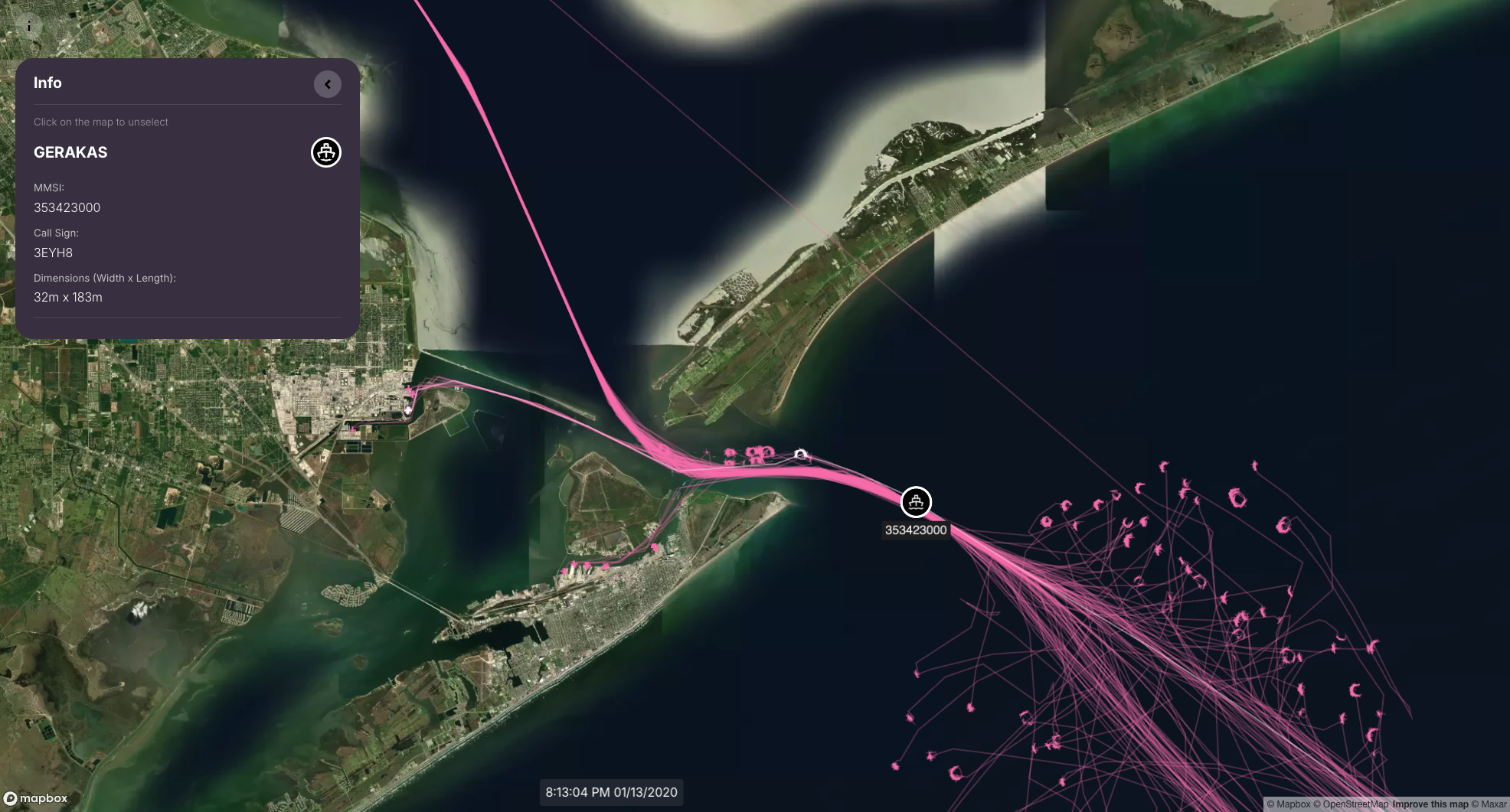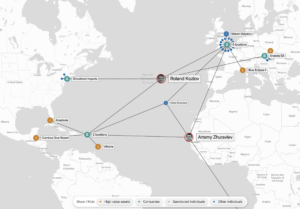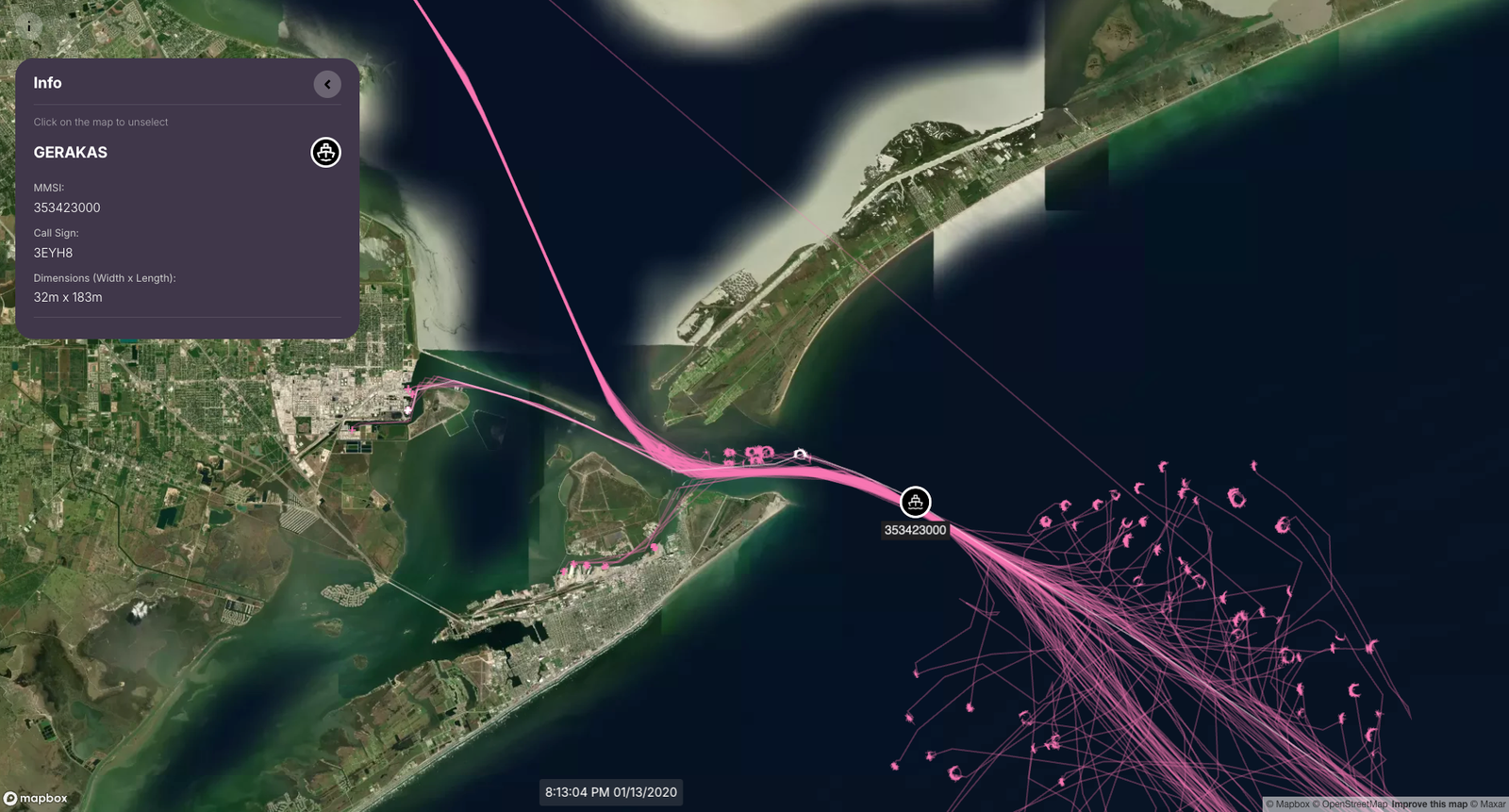
If you are looking for a way to visually analyze geo -space data, you may be interested in a new software development set (SDK), recently published by Cambridge Intelligence. The software called Mapweave allows developers to create geo -space visualization capabilities directly into applications, thereby discovering hidden connections and patterns buried in data.
Cambridge Intelligence was founded in 2011, when a data visualization expert decided that the market needed more light and user -friendly tools. After Boostrapping Cambridge Intelligence in his kitchen, Parry, who earned in PhD at work in the Stephen Hawking research group, moved to Acceline University of Cambridge, Ideaspace.
After graduation, the company launched its first product called Keylines, which is JavaScript SDK to visualize graphics data stored in graphics databases such as Neo4J and Tigraph, and semantic charts of Kenowledge such as Stardog and Memgraph. Cambridge Intelligence followed by running SGRAPH, SDK visualization graphs for React and Kronograph, JavaScript tool sets for time visualization and time series data analysis.

Founder and chairman of Cambridge Intelligence Joe Parry
The company has found a number of customers for its tools for analyzing connections and time series in the field of defense, news, cyber security and financial services. Customers include the US Army, the US Department of Internal Security, the British and the Dutch Government, Fico, Experian, Deloitte, Intuit and Sunencies. The combined company has an attractive 280 customers in more than 35 countries over 14 years of existence, and has also introduced a technological partnership with companies such as Neo4J, Amazon and Microsoft.
The launch of this month refers to the fourth main product of the company and its first developers library devoted to the analysis of geo -space data. According to Dan Williams, Chief Product Director of Cambridge Intelligence, the company has recorded the need for data analysis on the market, which was added by the existing systems of geographical information systems (GIS).
“Traditional GIS tools are great at where things happen – but not why,” writes Williams in Blog 8. “They were not built to help analysts understand the changing connections between people, places and events.”
Mapweave addresses that need to provide a geospatial connection analysis that skills that allow analysts to better understand how people or objects move and interact in time and space, as well as the entities connected – all through a dynamic interface. This software also helps users by showing them when and where important events occur, as well as how spatial patterns appear over time.
Mapweave has been designed to work with other SDKS for the chart and time series, including keyins, dors and Kronograph. Analysts working in security, fraud and intelligence domains will be able to design the ability of geospatial analysis at the peak of the existing graph analysis and time series.

Mapweave allows developers to create dashboards of geo -space analysis that can be integrated into web applications
“Mapweave allows state -of -the -art visualization by mixing network, observation and geojson layers,” says the company in the White Book Mapweave. “This integration allows users to analyze at the same time geographical, network and time data and provide understanding of understanding that sends multiple questions in one integrated map.
Although it can integrate with other company framework, Mapweave can also be used in “separate” mode without external addictions. The software contains open architecture, says Cambridge Intelligence, and works with a number of base providers such as Mapbox or any JSon data source, included popular databases such as Neo4J, Oracle or Mongodb.
Developers start with a selection of data source, which can be libraries of the basic map, vector or raster pictures, gold map tiles. Mapweave then allows developers to overlap the visualization layers at the top of this basic data to create specific experiences with the geospatial analyst they desire.
Mapweave has a simple JavaScript API (as well as API React API). Visualization created with Mapweave can be inserted into existing web applications using the JavaScript API or as a React component (there is also optional type support). It works with standard JavaScript as Angular and View.
Cambridge Intelligence says Mapweave has been designed to process very large files of geospatial data. It can be rendering and filtering capacitimity using GPUs, allowing customers to scalance millions of time observations, says the company.
The company has developed a dynamic Mapweave way to allow users to bring their screens in and out as needed without worrying to dimension each item; All this is automatically processed by software. “Whether we are exploring local details or global trends, users always see the right data at the right time and support effective and effective analysis,” says the company.
The company says that Mapweave will be useful for a number of geo -space analysis projects such as visualization of automatic identification data (AIS) generated by ocean vessels for maritime intelligence; Address analysis and place in the framework of investigation of law enforcement or open source news (OSINT); Visualization of network performance and failure data for IT observability; Visualization of online threats in cyber security; Building digital twins of supplier chains for logistics resistance; and monitoring of emergency services as part of government transport efforts.
Cambridge Intelligence offers MAPWEAVE tests as well as customer support support. For more information, see Cambridge-intelligence.com.
Related items:
Overture to open maps
As geo -space data controls insight for Bloomberg users
Only a part of the geospatial challenge solves the lease
(Tagstotranslate) Geojson

